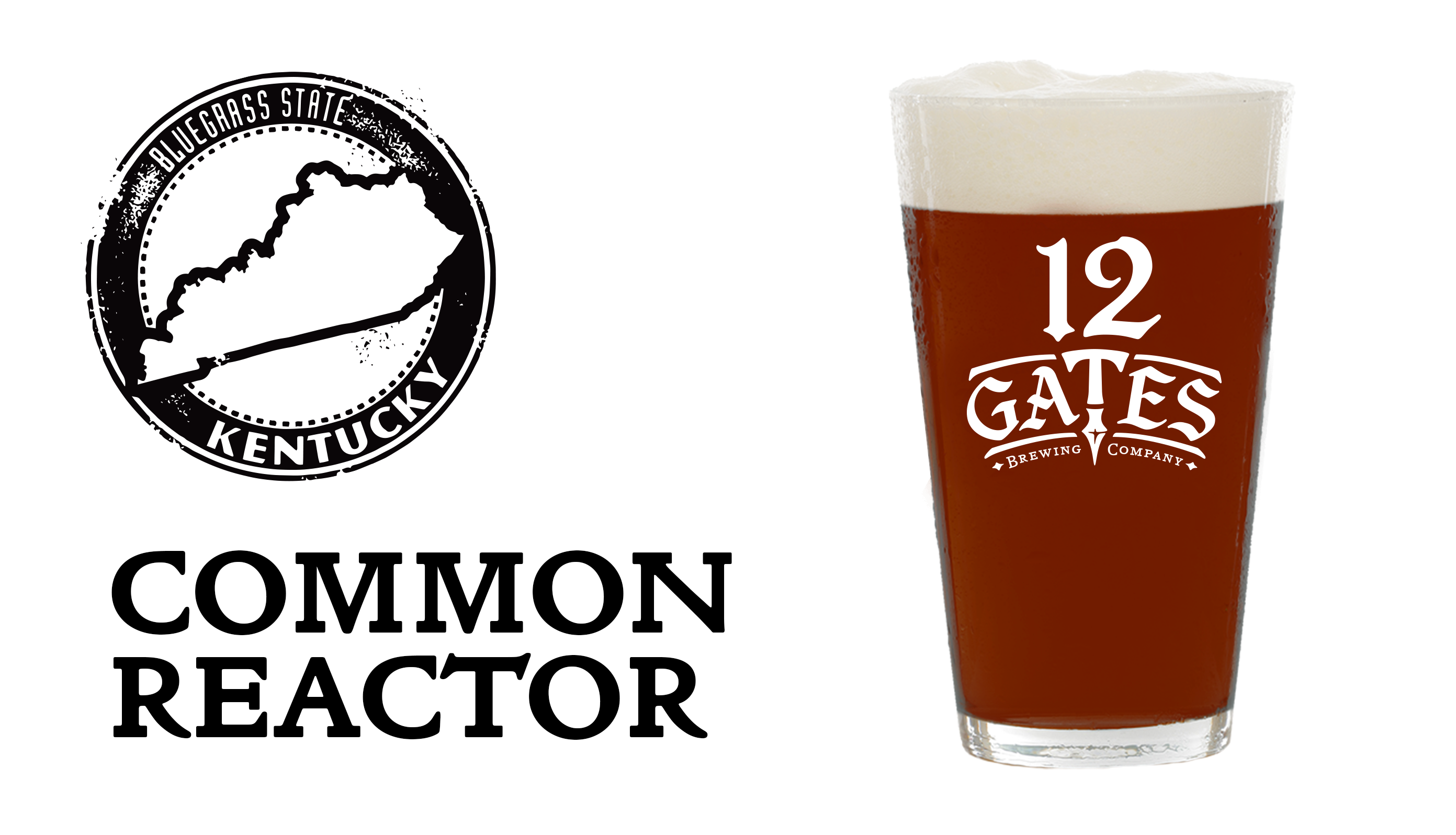Not Sure What a Kentucky Common Is? Here’s What You Need to Know About Common Reactor

“So why brew a forgotten style?”
I have been asked this question many times since we brewed the original pilot batch. Well, the easy answer is that I love beer and I love the history of beer. When it comes down to it America has only created three unique beer styles in her history–the California Common, the Cream Ale, and the Kentucky Common. There are many commercial examples of Cali Common and Cream Ales so that left one other style for true experimentation. And I could not be more thrilled with the results.
The history of the Kentucky Common takes us down to Louisville, Kentucky. During the Civil War Louisville was a major city and in the 19th century a major brewing hub. The unique water minerals, coupled with the large influx of Irish and German settlers allowed the creation of a truly unique beer. To lower the pH of the brewing water German brewers would use dark and roasty grains for their beers. With the lack of electricity and the scarcity of blocked ice to use for conditioning the beers, production had to be quick and the styles quick to consume. These factors led to the development of the Kentucky Common. Before Prohibition, this style accounted for 75% of all beer brewed and consumed in the area. And then Prohibition forced the breweries to shut down and in essence kill the style.
So what did this beer taste like? It was soft, slightly grainy, with light corn sweetness. The aroma is ever so sweet with light floral notes and biscuit. There is a balance between the malts and the hops to allow the corn and crystal malts to shine. All of these qualities are built into our Common Reactor.
I based the recipe and brewing techniques off of a 1905 recipe I came across while studying old beer styles. And while the beer itself is on the easier side to brew, there are many areas for flaws to emerge and take over the beer. That is why we took special care to locate ingredients, match the water table around Louisville, and brew and ferment the beer to match the techniques employed over 100 years ago. The end result is an easy drinking, and tasty, nod to America’s brewing heritage.
-Scott Shuler, Brewmaster
You can enjoy our Common Reactor in our taproom and select restaurants and bars. See our current tap list! Interested in putting this new release on tap at your establishment? Contact our Sales Rep, Kathleen Riscilli.

